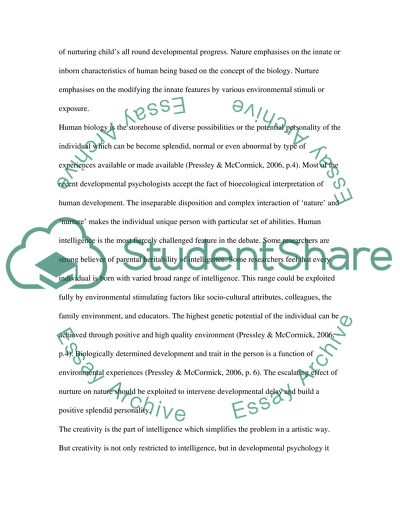Cite this document
(The Importance of Creativity in Children's Development Case Study, n.d.)
The Importance of Creativity in Children's Development Case Study. Retrieved from https://studentshare.org/psychology/1555912-the-importance-of-creativity-in-childrens-development
The Importance of Creativity in Children's Development Case Study. Retrieved from https://studentshare.org/psychology/1555912-the-importance-of-creativity-in-childrens-development
(The Importance of Creativity in Children'S Development Case Study)
The Importance of Creativity in Children'S Development Case Study. https://studentshare.org/psychology/1555912-the-importance-of-creativity-in-childrens-development.
The Importance of Creativity in Children'S Development Case Study. https://studentshare.org/psychology/1555912-the-importance-of-creativity-in-childrens-development.
“The Importance of Creativity in Children'S Development Case Study”. https://studentshare.org/psychology/1555912-the-importance-of-creativity-in-childrens-development.


